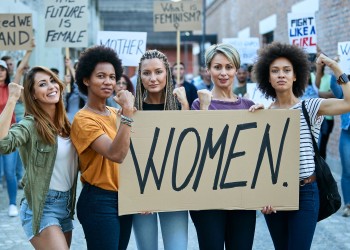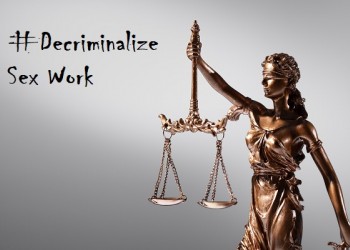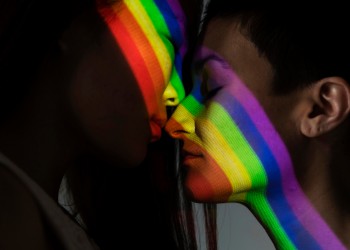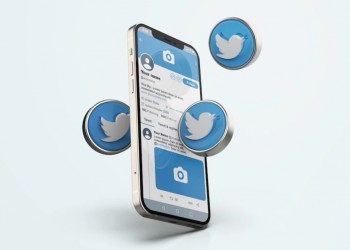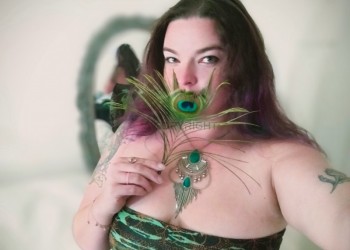Pansexuality: A Modern Term That's Rising In Popularity
Put simply, pansexuality is the attraction to people of all genders. This includes cisgender, transgender, genderqueer, agender, androgynous, and intersex individuals. Pansexual people do not experience discrimination based on the gender of their partner.
For many people, pansexuality is a more accurate way to describe their attractions than terms like “bisexual” or “heterosexual”. Bisexuality often implies that there are only two genders (male and female), while heterosexuality implies that one only experiences attraction to the opposite gender. Neither of these terms accurately describes the experiences of someone who is attracted to multiple genders.
Pansexuality is sometimes confused with polygamy or polyamory, but these are entirely different concepts. Polygamy refers to the practice of having multiple spouses, while polyamory refers to the practice of having multiple intimate relationships (with or without sexual activity). Pansexuality simply refers to the ability to experience attraction to any gender.
If you think you might be pansexual, there is no need to label yourself if you don’t feel comfortable doing so. The most important thing is that you understand your own attractions and desires. Only you can decide what label (if any) best describes your sexuality.
1. Heterosexual Pansexuality: This is when a person is attracted to both men and women, but prefers one over the other.
2. Homosexual Pansexuality: This is when a person is attracted to both men and women, but doesn’t have a preference.
3. Bisexual Pansexuality: This is when a person is attracted to both men and women, but has a stronger preference for one over the other.
4. Asexual Pansexuality: This is when a person is not sexually attracted to either men or women, but still feels romantic attraction towards them.
5. Polysexual Pansexuality: This is when a person is attracted to multiple genders, but doesn’t feel limited to just two.
On the downside, pansexuality can be difficult to explain to others who may not be familiar with the term. It can also be challenging to find others who identify as pansexual, especially in smaller communities. Additionally, because pansexuality is less well-known than other sexualities, there is less support and visibility for those who identify as pansexual.
Another obstacle is that pansexuality is often seen as a "phase" or a " transient identity", which can be invalidating and frustrating for those who know that their pansexuality is not simply a phase.
Lastly, because pansexuality is not as well-known or understood as other sexual orientations, there is often a lack of resources and support available for people who identify as pansexual. This can make it difficult to find information and connect with others who might understand and relate to your experience.
Pansexuality is a relatively new term that is becoming more popular as people become more open-minded about their sexuality. Pansexuality is defined as attraction to all people, regardless of gender or sex. This includes people who identify as male, female, transgender, genderqueer, or any other identity.
If you're considering pansexuality, there are a few things you should keep in mind. First and foremost, don't feel like you have to label yourself. Sexuality is fluid, and you may find that your attractions change over time. Second, don't be afraid to experiment. There's no harm in trying new things and seeing what works for you. Lastly, be honest with yourself and others about your feelings. Honesty is key in any relationship, sexual or otherwise.
If you're interested in exploring pansexuality further, there are many resources available online and in books. The most important thing is to do what feels right for you.
There is a lot of overlap between pansexuality and bisexuality, and many people use these terms interchangeably. However, there are some key differences between the two orientations. Bisexuality generally refers to the attraction to two genders, while pansexuality refers to the attraction to all genders. This means that a pansexual person may be attracted to someone who is transgender, non-binary, or genderqueer – attractions that are often outside of the scope of bisexuality.
So, while pansexuality and bisexuality are similar in many ways, they are not exactly the same thing. If you're not sure which term best describes your orientation, there's no need to worry – both terms are perfectly valid and there is no wrong answer.
Miley Cyrus: In an interview with Paper magazine, Miley Cyrus spoke about her fluid sexuality, saying "My whole life, I didn't understand my own gender and my own sexuality. I always hated the word 'bisexual', because that's even putting me in a box. I don't ever think about someone being a boy or someone being a girl."
Cara Delevingne: In an interview with Vogue, Cara Delevingne spoke about her sexuality, saying "People like things to be black and white. But life isn't like that...I'm very open-minded." When asked if she considered herself bisexual, she said "No, I'm not. I'm just sexually attracted to the soul, not necessarily the gender."
Ellen Page: In an interview with The Advocate, Ellen Page came out as queer, saying "I feel like I've been out forever...I guess maybe it's just because of the environment around me that's always been supportive." When asked if she considered herself bisexual, she said "Yeah... for sure."
Sam Smith announced on The Fader that they identify as non-binary and genderqueer. "I’ve always had a little bit of a war going within me," Sam said. They explained that they realized the term non-binary best fit their identity during the course of an intense drama in their latest album, The Thrill of it All.








